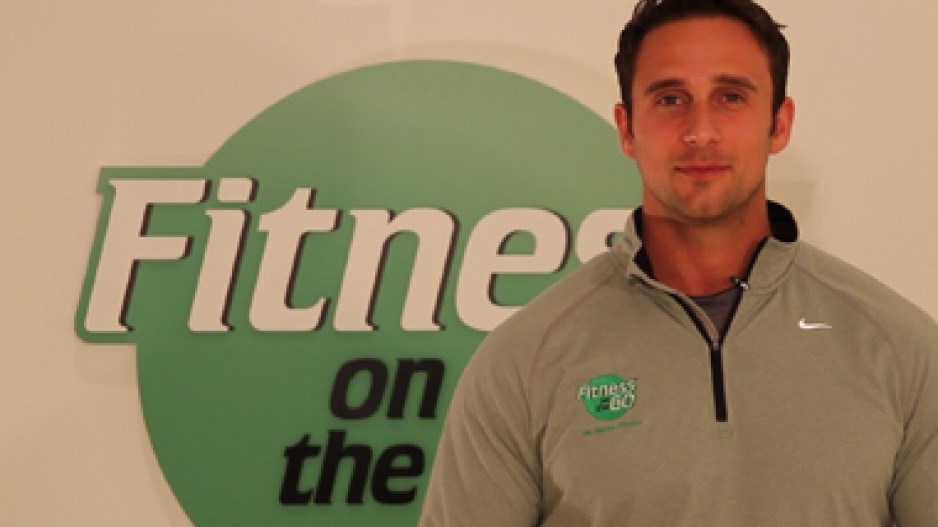Business in Vancouver's "How I Did It" feature asks business leaders to explain in their own words how they achieved a business goal in the face of significant entrepreneurial challenges. In this week's issue, Dan Mezheritsky, president of Fitness on the Go, describes how through trial and error he restructured the way his personal training business makes money. He has switched from hiring employees to selling franchises to charging a licensing fee – a move that is proving to be very popular.
"In my first year as a trainer when I was 21, I would hire employees. I was doing all the sales and the marketing myself and was working up to 70 hours per week.
"I saw that money was coming in, but the biggest problem that I saw was that the employee was getting $25 and the client was paying $60 and soon enough the client would say, 'Hey, why am I paying $60, when I like my trainer and he only gets paid $25? Who the hell is Fitness on the Go and why am I paying them an extra $35 for doing nothing?' Then the client would say (to the trainer), 'Why don't I give you 40 bucks and we're both happier and we can work on our own.' And you know what? I don't blame them.
"My client retention was very low. It wasn't working as well as it could be.
"Then I talked to some big names in the franchise world, chatted with the guys from Nurse Next Door and 1-800-GOT-JUNK?, and they said 'Dan, you should really look into franchising.'
"We went that route, and the same problem persisted.
"I used to grant a franchise for $20,000 per territory. Now what I thought was, what's the point of limiting the number of trainers, when there are some great trainers that don't have $20,000?
"So I thought, why don't we make it this way: no franchise fee and ultimately we make it a contractor agreement. The trainer is getting paid what the client is paying. And I'm going to send in my management team to take care of the things that are needed to be taken care of, while their only deduction is $300 per month.
"On top of that, to help their business, what I do is I will invest $1,000 in getting them known in the community, because the biggest problem with trainers starting a business is they need to get a couple of clients.
"What this solves is it keeps trainers making the money they would like to make.
"[People who are] in business for themselves understand there are many components, and they can try wearing all those hats. Or they can pay $300 a month and have it all taken care of. So ultimately we are saving them a lot of time and giving them a lot of professional service.
"I started June 1. In the last five months, I'm at 47 trainers on this program.
"My goal is to have 350 trainers in Canada within 5 years. I am planning to start in the US by April 2013 as well."




